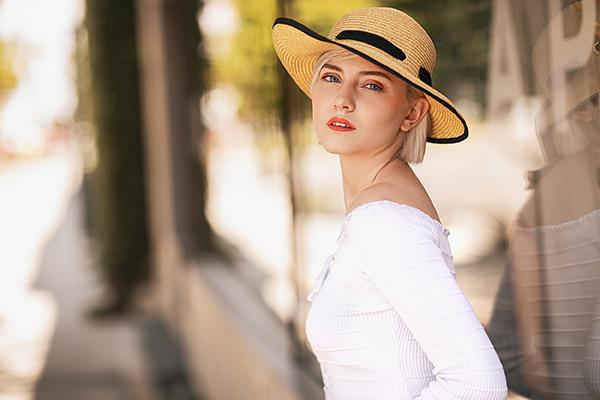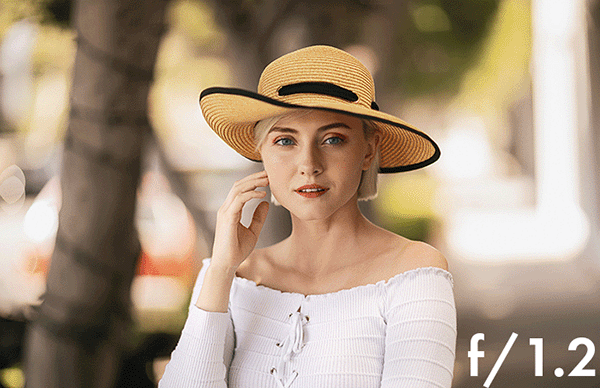Photography Basics: What Is Aperture and How Does It Change Photos?

(Editor's Note: This is the first excerpt of a three-part series on the exposure triangle by Zach Sutton of Lensrentals. Read the full story on Lensrentals blog.)
We cover a lot of things relating to photography and most of them teeter on the technically advanced edge of the scale. From measuring the flange distance on cameras down to the fraction of a millimeter to performing light tests to check the accuracy of color shift throughout power ranges, we've done a lot in technical studies on cameras, lenses, and lights.
So, we decided it was time to take a step back, and touch on something a bit more fundamental, and put together a three-part series explaining the exposure triangle, and how each setting alters your images. So today, let’s talk about the basics of aperture.
Exposure Triangle
Properly exposing an image will always come down to three main settings – Shutter Speed, Aperture, and ISO. These three settings are known as the exposure triangle.

To put it very simply, the exposure of an image will be the same if you adjust these settings in correlation with each other. For example, if you need to increase your shutter speed, you can adjust it by two 2/3 stops (so two clicks on your dial) to something faster and open up your aperture by two clicks of the wheel to match the exposure from the previous shot.
While each of these settings will alter the image's exposure, they each have adverse effects on your image in other places. Today, we'll be focusing on aperture, with shutter speed and ISO to come in future articles.
What Aperture Does
Aperture is the size of the opening that your lens creates, which allows light to pass through and enter the camera. The easiest way to describe aperture is to make a comparison to your eye's pupil. When you enter into a darker environment, your pupil will enlarge, allowing for more light to pass through, as you go to brighter environments, your pupil will shrink, blocking some light from passing through.

However, the aperture will also control your depth of field within images. The depth of field is a term to describe the amount of the plane that is in focus, from front to back.
When the aperture is set, and you focus your camera, one critical place will be in focus, with some area in front and behind that point to be in focus as well, before the focus plane falls out. A shallow depth of field can be created by opening up your lens to a lower F-stop, such as f/1.4, f/2, and f/3.5.
This will create a wider hole for light to pass through to your camera and create a shallow depth of field. The same can be said to have a larger depth of field – apertures such as f/8, f/11, & f/14 will assure that a larger plane within the image is in focus.

Large Apertures vs. Small Apertures
The naming scheme for apertures can be fundamentally difficult to wrap your head around, as it’s considered opposite to how most people traditionally think. Large apertures are generally defined by the size of the opening in the lens and are named using smaller numbers. So, in short, larger apertures are apertures like f/1.4, f/2.5, and f/3.2, whereas smaller apertures are represented by larger numbers, such as f/14, f/18, and f/22.

Other terms will often come into play as well. The phrase shooting "wide open" means shooting at the largest aperture available for the lens. For example, if you were using the Canon 50mm f/1.2L lens, wide open is considered f/1.2, giving you an incredibly shallow depth of field.
Examples of Different Apertures

How Aperture Correlates with Cost
Where ISO and shutter speed are controlled exclusively by the camera body in a digital camera, the aperture is functioned entirely by the lens itself. Thus, the aperture capabilities are the number one determining factor of the cost when looking at lenses.
What makes a lens like the Canon 85mm f/1.2L II or the Nikon 105mm f/1.4E ED so expensive isn’t because of the sharpness of the image quality, or autofocusing accuracy, it’s that they are capable of shooting at an incredibly large aperture, giving you a razor-thin depth of field.
Read the rest of this story on the basics of aperture on the Lensrentals blog.
- Log in or register to post comments








































